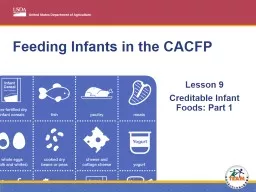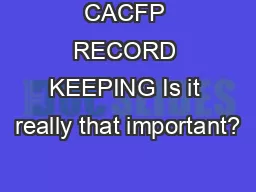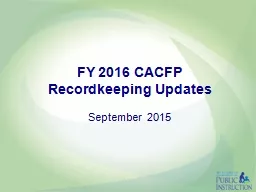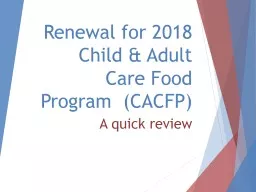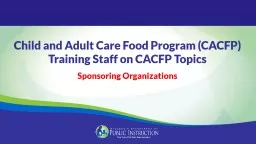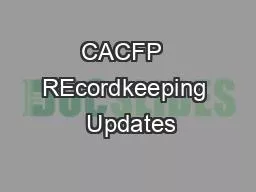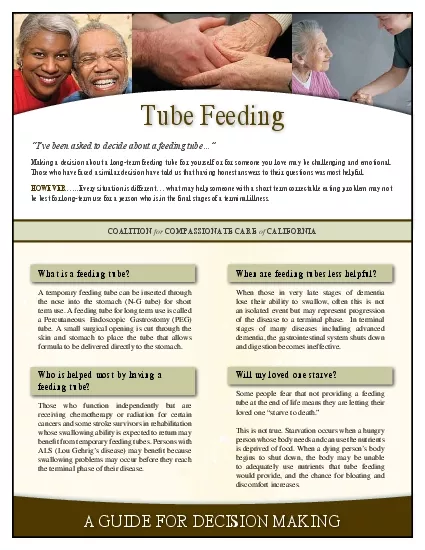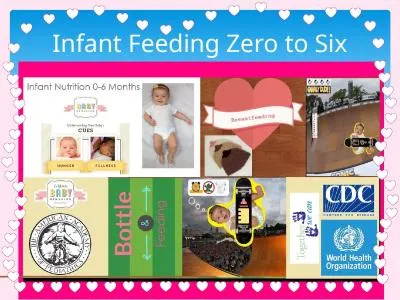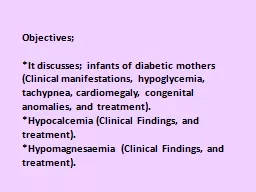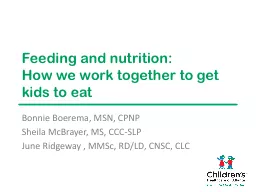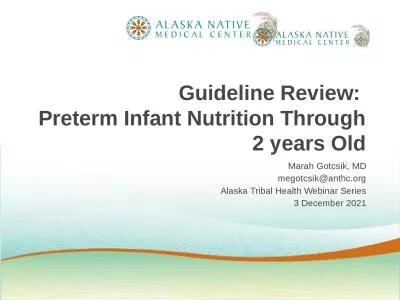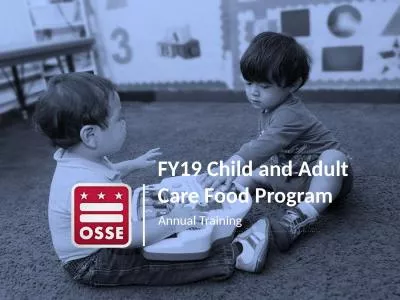PPT-Feeding Infants in the CACFP
Author : sherrill-nordquist | Published Date : 2020-01-28
Feeding Infants in the CACFP Lesson 9 Creditable Infant Foods Part 1 Agenda Reimbursable Infant Meals and Snacks Solid Foods Food Components Summary 2 1 PreTest
Presentation Embed Code
Download Presentation
Download Presentation The PPT/PDF document "Feeding Infants in the CACFP" is the property of its rightful owner. Permission is granted to download and print the materials on this website for personal, non-commercial use only, and to display it on your personal computer provided you do not modify the materials and that you retain all copyright notices contained in the materials. By downloading content from our website, you accept the terms of this agreement.
Feeding Infants in the CACFP: Transcript
Download Rules Of Document
"Feeding Infants in the CACFP"The content belongs to its owner. You may download and print it for personal use, without modification, and keep all copyright notices. By downloading, you agree to these terms.
Related Documents

